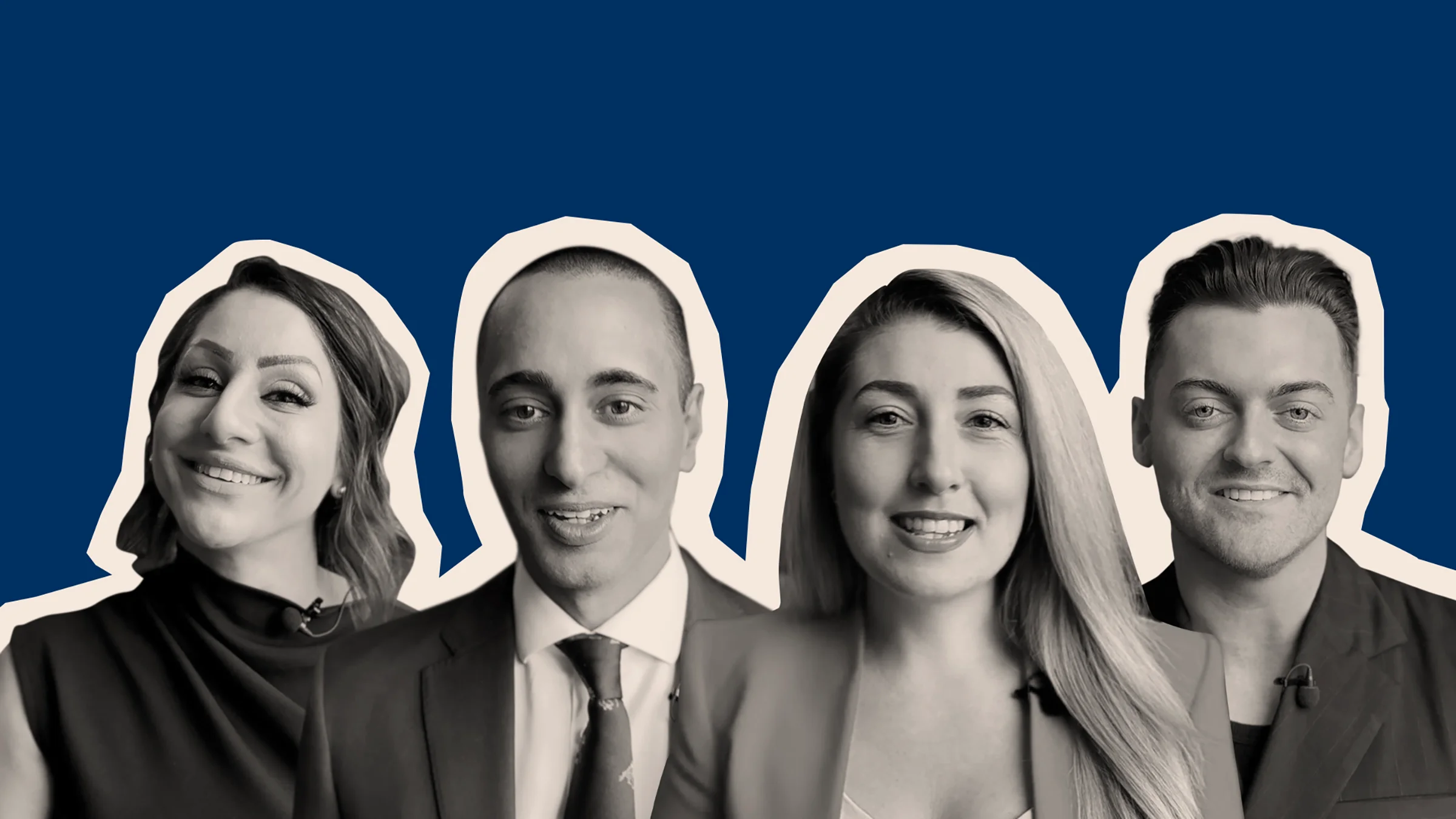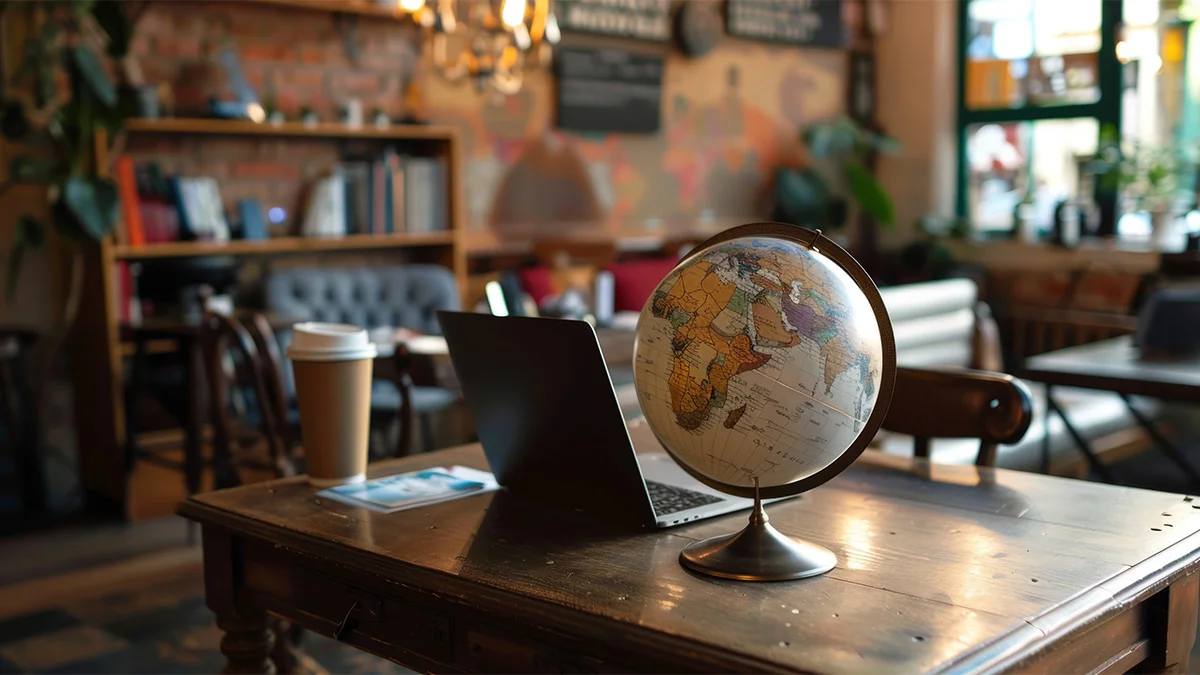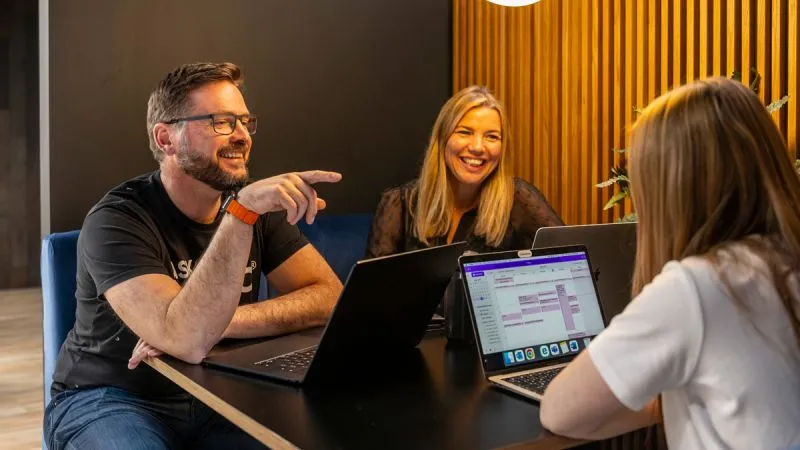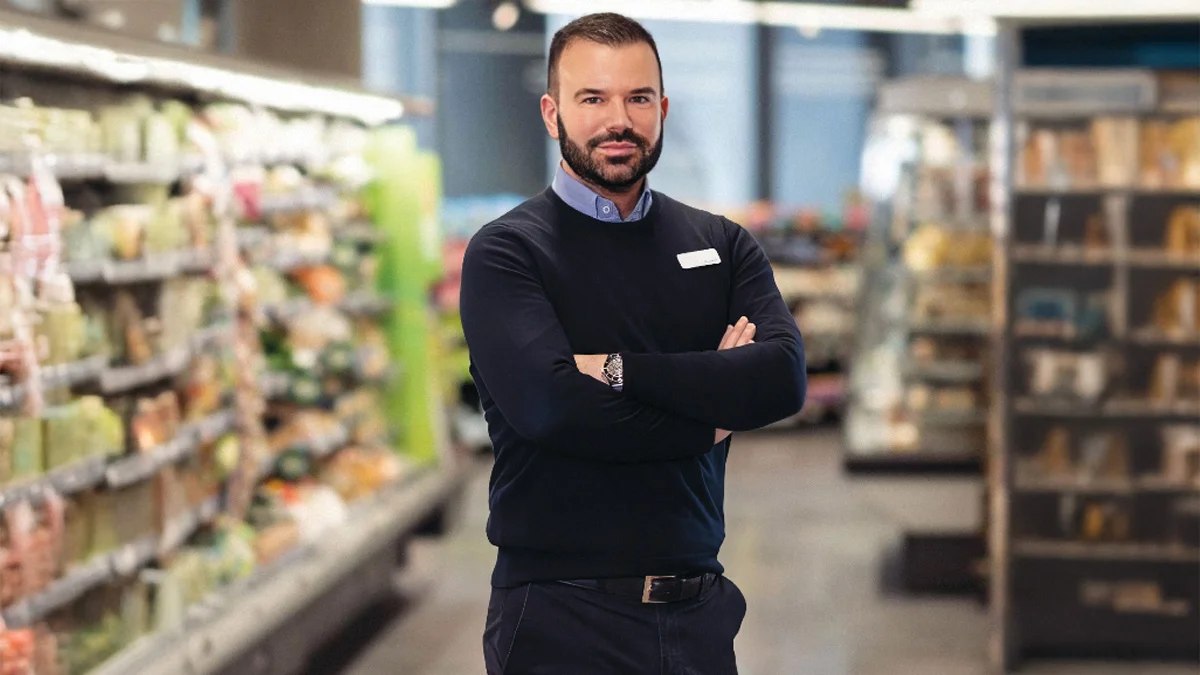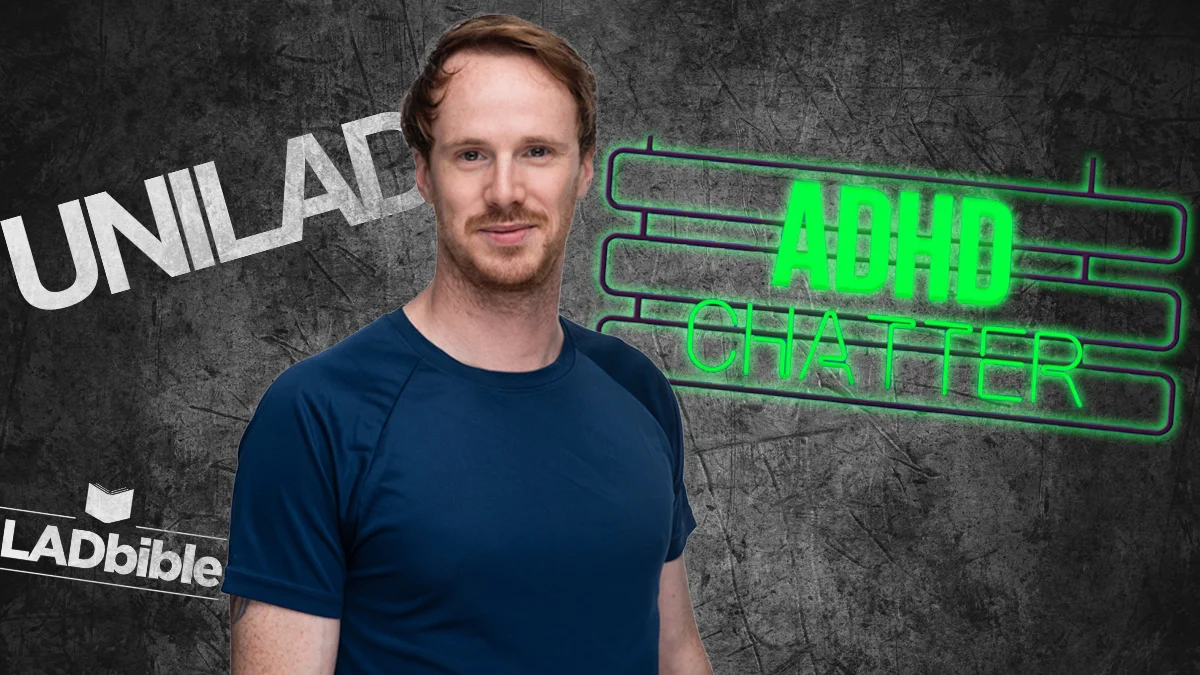
Alex Partridge was one of the people who changed the world of social media. From building social media behemoths to shaping the awareness of ADHD, his journey is one of resilience, determination and inspiration.
In the early 2010s, he created, designed and wrote a Facebook page called UniLad while he was a student at Oxford Brookes University. His decision to drop out paid off as he built it and sister brand LadBible into one of the world’s most popular social news and entertainment internet companies, with a following of 40 million across the globe.
However, after selling LadBible in 2012, he lost control of UniLad the following year. Partridge won an appeal after a four-year legal battle, but it fuelled an alcohol dependency and severe bouts of anxiety.
While it was a risk to leave university (there was no model that showed a ‘silly little Facebook page’, as Partridge calls it, could become a viable business), Partridge is partial to thinking differently. At age 34, he received an ADHD diagnosis, which changed the course of his life again. Two years on, he has penned a book and hosts the ADHD Chatter Podcast.
We caught up with Partridge to discuss building social media communities, the most important thing to remember when building a personal brand, creating a productive work environment for all – and much more.
What led you to start your podcast, ADHD Chatter?
When I got diagnosed, I Googled ADHD and it came up with: struggle with focus, struggle with disorganisation, struggle with focus and attention. It was all about the struggles. Without discounting those, because they definitely are there, from my experience ADHD can also be creativity, entrepreneurialism, pattern recognition, calm in a crisis, being able to zoom out and see the bigger picture and spot details that other people miss.
So I started the podcast to share my experience and bring on other people who could share their stories. From celebrities to world-leading psychiatrists, I wanted to talk to as many people as I could to really create a more balanced narrative around what it actually means to live with ADHD.
What other strengths have you noticed among people who have ADHD?
Another huge positive of ADHD is impulsivity. If you align that and connect that with the creativity, I think that's when amazing businesses can start. I think impulsivity is connected to a stigma and stereotype that surrounds ADHD but it’s the reason why so many people with ADHD fearlessly start stuff. We go places where others would be maybe too fearful to go. And I think that's certainly how I started the social media brands in my previous career and every successful endeavour that I've done.
Every other entrepreneur with ADHD that I've spoken to started with an impulsive moment. That led to collecting data and deciding to do it but that impulsivity to just go and get over the start line is a huge strength of a neurodiverse mind that thinks differently.
How can leaders make their hiring process more inclusive for neurodivergent candidates?
Amongst the ADHD community and the autism community, we tend to take things very literally. If I read a job advert and it just says, “must be a good communicator”, that lack of clarity in terms of what that actually means would put me off. So I’d say be really clear and inclusive by making it absolutely unequivocally clear what you mean in terms of the requirements for jobs.
When it comes to the interview stage, just something simple like giving the questions ahead of time is a very basic accommodation to make the recruitment process a lot more inclusive. Also, some people don't like physical contact and some don't offer great eye contact.
All of these things aren’t just beneficial to those with a neurodiverse mind but really to everyone.
What about within the office or work environment?
I always go back to the example of when I worked in a marketing agency in 2016. My job was to grow their Facebook and I was completely unaware that I was neurodiverse. It was very bright and very loud, there was table tennis and an office dog was running around. Stereotypically, this is a very cool place to work but for me, it caused so much overstimulation that it completely paralyzed my ability to think and be creative. Within three months, I had grown their Facebook from zero to 5,000 followers but I had to leave because the anxiety was so high.
I reflected on my experience and when I got another job, I asked to work from home occasionally, work in the canteen where it’s quieter – essentially asked them to trust me to work and judge me on my outcomes and not my processes. My new boss agreed and in the same three-month period, I had grown their Facebook from zero to 8 million followers. It's quite a drastic example, but it’s one of how very cheap, basic, simple accommodations and changes can make a huge difference to someone's output.
Other accommodations include:
- Normalising the use of fidget toys and noise-cancelling headphones
- Flexible start times (simply to avoid the rush hour commute, because people are coming in, they're frazzled and overstimulated by busy travel etc.)
- Providing agendas ahead of meetings so that people know what they're walking into
- Allowing for a grace period where people can go away to think and submit their ideas to the problems raised in a meeting through email (in my experience, the best ideas are trapped within anxious minds)
- Not making cameras a necessity in virtual meetings
Many leaders task their social media managers with getting thousands of followers across their accounts. Do you think this is the right thing to focus on?
Social media is fundamentally important to any business. However, getting high follow accounts should be at the bottom of the list of priorities. In fact, I would almost go as far as to say that it's irrelevant. Engagement rate is what you want to be focusing on. You can achieve a high follower count without achieving any of the important stuff, which is community and brand loyalty.
You want a group of people who, if you put a new product in front of them or you post a bit of content that is marketing a new feature or a new product, will buy it now. That's the community that you want to build and that's often found in much smaller, concentrated communities.
The ADHD podcast has grown off the back of lots of viral clips, which has been great because it's created that brand loyalty and a group of people that have an affinity with the brand. When I now post a long-form episode, the conversion is really high but that's happened over time – a year and a half – and being very consistent with the tone, the voice, the branding and the messaging.
There’s a famous rule around this. The ratio can change depending on what industry you're in, but typically, every four in five posts should give something to the community – make them laugh, entertain them or provide knowledge for free. Then it's the fifth one which is the ‘ask’ – sign up to the newsletter, visit the website, use the discount code or whatever it might be. That's where the conversions happen.
Is it important for business leaders to have a personal brand on platforms like LinkedIn?
I think it is important, but only if done correctly. People have always connected with people and stories over brands. When they do connect with brands, it's through stories. Share the stories of the founder or people within a company and position them as the face of the company. If that’s done well, that's always going to convert a lot better than just posting updates about boring stuff.
People love to connect with a person. There's no harm in hiring an agency, but if you are building a personal brand, it has to be a real reflection of you as a person. I've met some people who you think you know based on their LinkedIn profiles but when you meet them in real life, they're completely not what you expect.
That's the mistake a lot of business owners are making: they're not owning the messaging that they're putting out or it's disconnected from who they are as a real person. That can convert in the short term but if you do a public speaking event or meet people at events and there's that clash between who you actually are compared to how you're being portrayed on social media, it’s incredibly jarring and it can be very damaging in the long term.
Alex Partridge’s book Now It All Makes Sense: How An ADHD Diagnosis Brought Clarity To My Life is available now. You can listen to the ADHD Chatter Podcast wherever you get your podcasts.
Related and recommended
Contestants from The Apprentice reveal the fundamental business lessons they learned from taking part in the TV show
From global talent pools to AI-powered documentation, a work-from-anywhere model is a new way of thinking about productivity, innovation and teamwork
The story of how cycling brought Business Leader member John Readman together with his co-founder and investors
Stuart Machin’s hands-on leadership has revived M&S, tripling its share price and reshaping its future, by obsessing over the details, from shop floors to staff message boards
